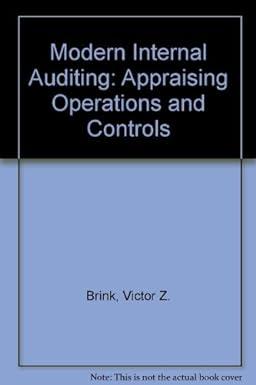
6. Use the information from Problem Set 06 (and the solution to PS 06) on Target Corporation (TGT) to reverse engineer the residual carnings model. For purposes of this example, assume TGT's stock price is $198. a) Calculate TGT's nomal forward PE, actual forward P/E, and intrinsic forward P/E. Does the market expect TGT to have AEG? Explain. Is TGT under-, over-, or fairly-valued? Explain. b) Go to the CaleBench Bulk Data page. Select and Download the TGT data you will need to calculate the price-to-book ratio, trailing price-to-earnings ratio, and forward price-to-camings ratio for "All History". Compute descriptive statistics (Mean, Standard Deviation, Minimum, 1Quartile, Median, 3 Quartile, Maximum) for the price-to-book ratio, trailing price-to-carnings ratio, and forward price-to-carnings ratio. Compare these descriptive statistics to TGT's current price-to-book ratio, trailing price-to-earnings ratio, and forward price-to-earnings ratio and discuss the implications of the comparisons for TGT's valuation. c) Compute a no-growth valuation for TGT. d) How much of the current TGT price in dollars and percent) is the value that the market places on book value, short-term earnings expectations, and speculation about growth? Does this make you more or less confident in the residual carnings valuation for TGT from Problem Set 06? Explain. c) What is the expected residual camings growth rate that is implicit in the current market price of TGT? Do you consider this growth rate normal? Why? 1) Compute the implied expected return to buying TGT at the current market price. Does this signal imply that TGT is under-, over-, or fairly-valued? Explain. 6. Use the information from Problem Set 06 (and the solution to PS 06) on Target Corporation (TGT) to reverse engineer the residual carnings model. For purposes of this example, assume TGT's stock price is $198. a) Calculate TGT's nomal forward PE, actual forward P/E, and intrinsic forward P/E. Does the market expect TGT to have AEG? Explain. Is TGT under-, over-, or fairly-valued? Explain. b) Go to the CaleBench Bulk Data page. Select and Download the TGT data you will need to calculate the price-to-book ratio, trailing price-to-earnings ratio, and forward price-to-camings ratio for "All History". Compute descriptive statistics (Mean, Standard Deviation, Minimum, 1Quartile, Median, 3 Quartile, Maximum) for the price-to-book ratio, trailing price-to-carnings ratio, and forward price-to-carnings ratio. Compare these descriptive statistics to TGT's current price-to-book ratio, trailing price-to-earnings ratio, and forward price-to-earnings ratio and discuss the implications of the comparisons for TGT's valuation. c) Compute a no-growth valuation for TGT. d) How much of the current TGT price in dollars and percent) is the value that the market places on book value, short-term earnings expectations, and speculation about growth? Does this make you more or less confident in the residual carnings valuation for TGT from Problem Set 06? Explain. c) What is the expected residual camings growth rate that is implicit in the current market price of TGT? Do you consider this growth rate normal? Why? 1) Compute the implied expected return to buying TGT at the current market price. Does this signal imply that TGT is under-, over-, or fairly-valued? Explain







